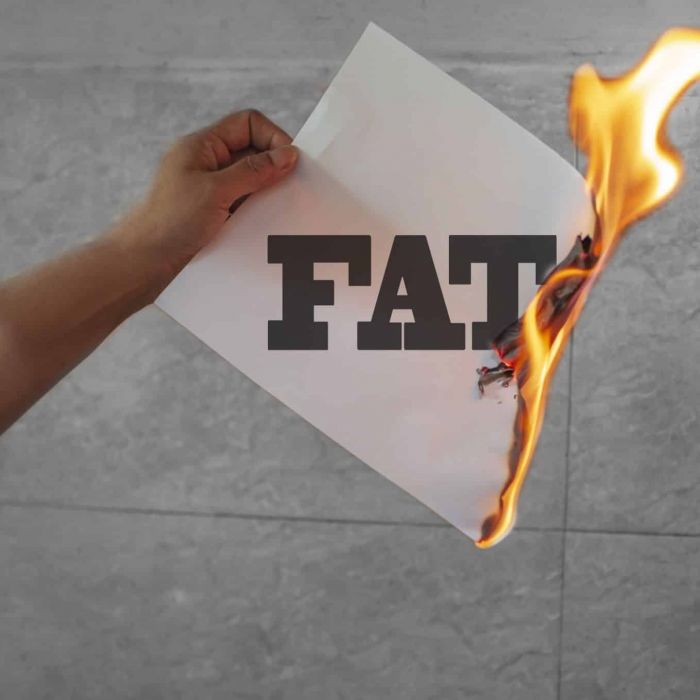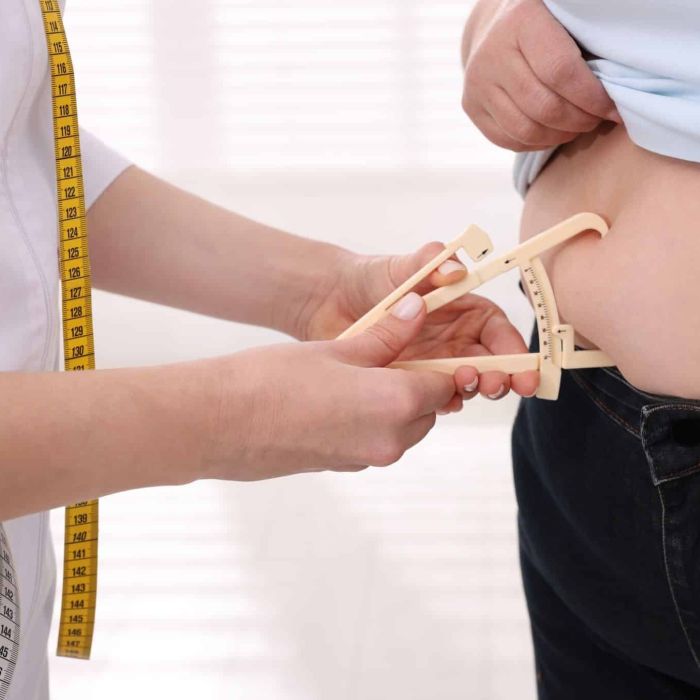Did you ever think that the way you exercise might be working against your fitness and weight loss goals, instead of helping you achieve them? If you tend to forgo strength training for the treadmill or other types of cardio workouts, you may want to reconsider. Strength training coupled with diet and cardio burns more fat than cardio and diet alone!
Muscle building is the number one way to increase your metabolic rate long term. With a cardio workout, you may burn more calories minute-per-minute, but those calories will come from carbs, fat and protein – the building blocks for muscle. If your goal is to reduce your body fat percentage, you actually need to increase muscle, and strength training is the way to do it.
Did you know that you stop burning calories as soon as a cardio workout is over? With strength training, your body continues working to repair and grow your muscles in order to return your body’s enzyme levels back to normal. This increases caloric burn for up to 72 hours after you leave the gym.
Cardio exercises such as running and spinning promote muscular endurance, but shouldn’t replace strength training in your workout plan. Resistance-heavy cardio and strength training target different muscle fibers and both are necessary for optimal health.
In fact, studies have shown that the High-Intensity Interval Training (HIIT) is more effective for burning calories and fat than long-endurance cardio work outs. In this exercise strategy, you alternate short periods of intense anaerobic exercise with less intense recovery periods.
If you’re trying to track the calories burned by your workouts, what’s the best way? Don’t rely on your cardio machines like treadmills and stair steppers for accuracy. It’s impossible for most machines to factor in all the variables unique to you for a totally accurate count of calories expended. Luckily, you can have more faith in your fitness tracker, since research published in Medicine & Science in Sports & Exercise suggests that they come a lot closer.
Here are our top tips to help you increase lean muscle mass and lose more fat:
1. Increase your workout frequency. Aim to workout at least 4 to 5 times per week.
2. Vary your sets and reps. Alternate between higher strength rep ranges (6 to 8) and higher endurance rep ranges (10 to 12) in 3 to 4 week blocks.
3. Increase compound movements that target multiple muscle groups at once (e.g. close-grip push ups, overhead presses, bench press, pull ups, bicycle crunches, squats, leg press, etc.).
4. Focus on exercises that isolate weak muscles you may have, such as biceps curls or calf raises.
5. Make sure you are eating enough calories to build up muscle mass.
6. Focus on increasing supplements, such as a daily multivitamin, l-carnitine injections, creatine, glutamine, etc. These have all been shown clinically to improve muscle performance.
7. Eat low-glycemic carbs mixed with protein 1 to 1.5 hours before your workout for energy.
8. Drink a protein shake within 20 minutes of working out. You need to provide your muscles with protein after working out to help build them back up stronger.
9. Get 7 to 9 hours of sleep in each night. Sleep is an essential time where your body recovers from your workouts. Also, be sure to incorporate 1 to 2 rest days per week.
10. Find a gym where you are comfortable working out. Surrounding yourself with like-minded people makes training easier.
11. Work your way up to using free weights rather than machine weights. Free weights improve strength and balance more than exercise machines.
Call ageRejuvenation today to learn more about how strength training can enhance your weight loss program. Individual results vary by patient. Ask your ageRejuvenation practitioner about your specific health concerns.








